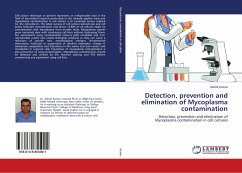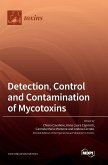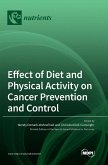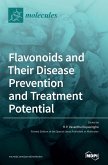Cell culture technique at present represents an indispensable tool in the field of bio-medical research particularly in the clinically applied areas and mycoplasma contamination in cell culture is an extremely serious setback for the cell-culturist. The latest surveys of cell culture laboratories and cell banks indicated contamination rate about 15-80% of all cultures might be contaminated with mycoplasma from outside India. Mycoplasma species grow extremely slow with continuous cell lines without destroying them, but experiments using contaminated cultures yield unreliable and non-reproducible results and unsafe biological products as they can cause a reduction of growth rate, morphological changes, chromosomal aberrations, induction or suppression of cytokine expression, change in membrane composition and alterations in the amino acid and nucleic acid metabolism in cultured cells. Prevention of mycoplasma contamination is also prevention of cross-contamination. Mycoplasma contamination should be detected and verified by IFA, Hoechst staining and PCR before commencing any experiment using cell lines.








